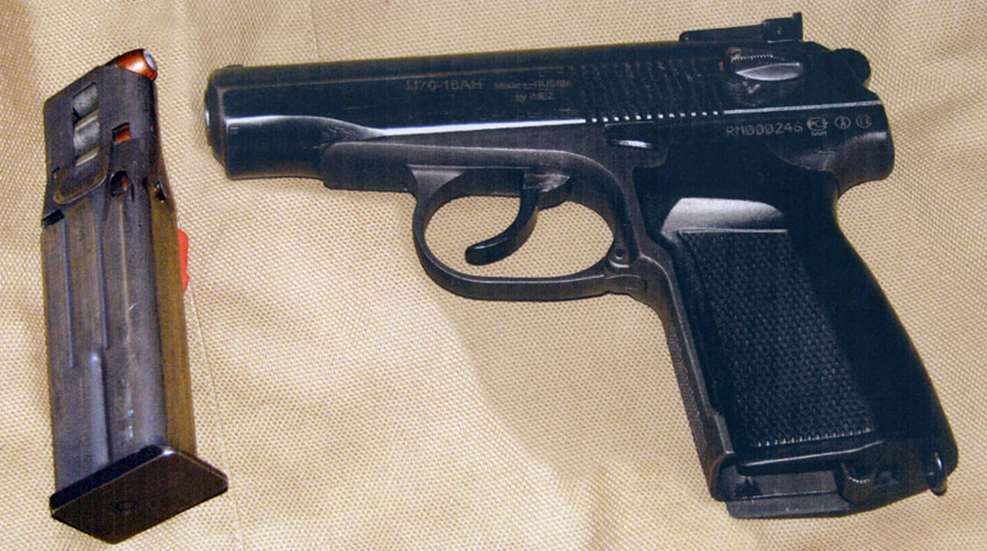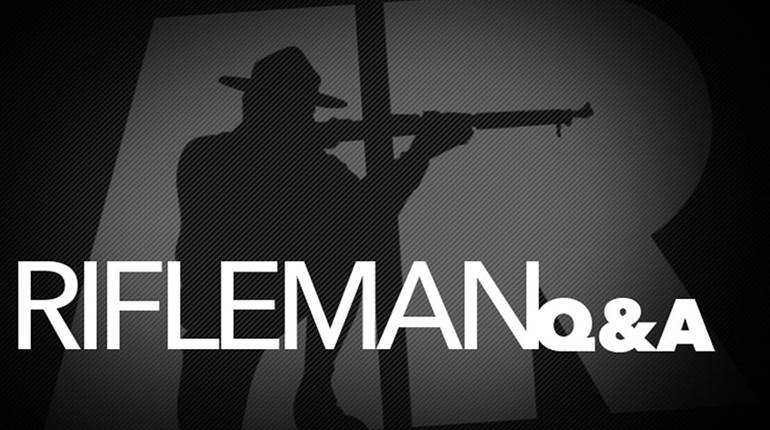
Q: About 15 years ago I purchased a Makarov, and I have fired it extensively since the Russian ammunition is easy to find. It is a very pleasant gun to shoot, and the relatively low recoil lets you make a fairly rapid double-tap. It is easily concealable, and I carry it often. The only negative I have experienced is that the sights are a little hard to see in reduced lighting.
I believe this is an older-version Makarov since the factory-stamped serial number is very low (RM000246) It has a partially double-stack magazine which gives it a capacity of 10 rounds. It is the only Makarov I have seen with this magazine type; is it rare?
--Michael Carrick
A: Although not common in the United States, Makarovs of this type were brought into the country in the early 1990s by KBI Imports of Harrisburg, Pa. At first they were advertised to have a 12-shot magazine, but later the magazine was either redesignated as a 10-shot or a different magazine was made. Some collectors who have the 12-shot magazine tell me that they are only able to get 10 cartridges into it. Also, it is said that the standard eight-shot Makarov magazine will function in this pistol, but I haven’t seen it tried.
KBI went out of business on Jan. 29, 2010, but we think the firm stopped importing the model in question considerably before that date. The marking “IJ70-18AH” is the model of the pistol. “IMEZ” is the mark of the maker: Izhevsk Mechanical Factory in the city of Izhevsk, Russia.
Makarov pistols originally had serial numbers beginning with two Cyrillic characters, some of which do not have an obvious corresponding symbol in English. The BATF requires the guns to have serial numbers starting with English characters. So, the “RM” serial number on your gun is an example of that. Some collectors think that RM indicates Russian Makarov, but there is no proof that this is true. Yours was the 246th imported, but not the 246th made by IMEZ—Izhevsh produced many Makarovs before importation began.
Often, the original Russian serial number can be found on the frame and the slide in out-of-sight places. You might have noticed this if you have disassembled the pistol. On my friend’s gun, he can see traces of the original Russian serial number underneath the RM number.
The three characters to the rear of the serial number are factory control and proofmarks. The last character, that looks like a Greek “P”, is the Russian symbol for “proved.”




































